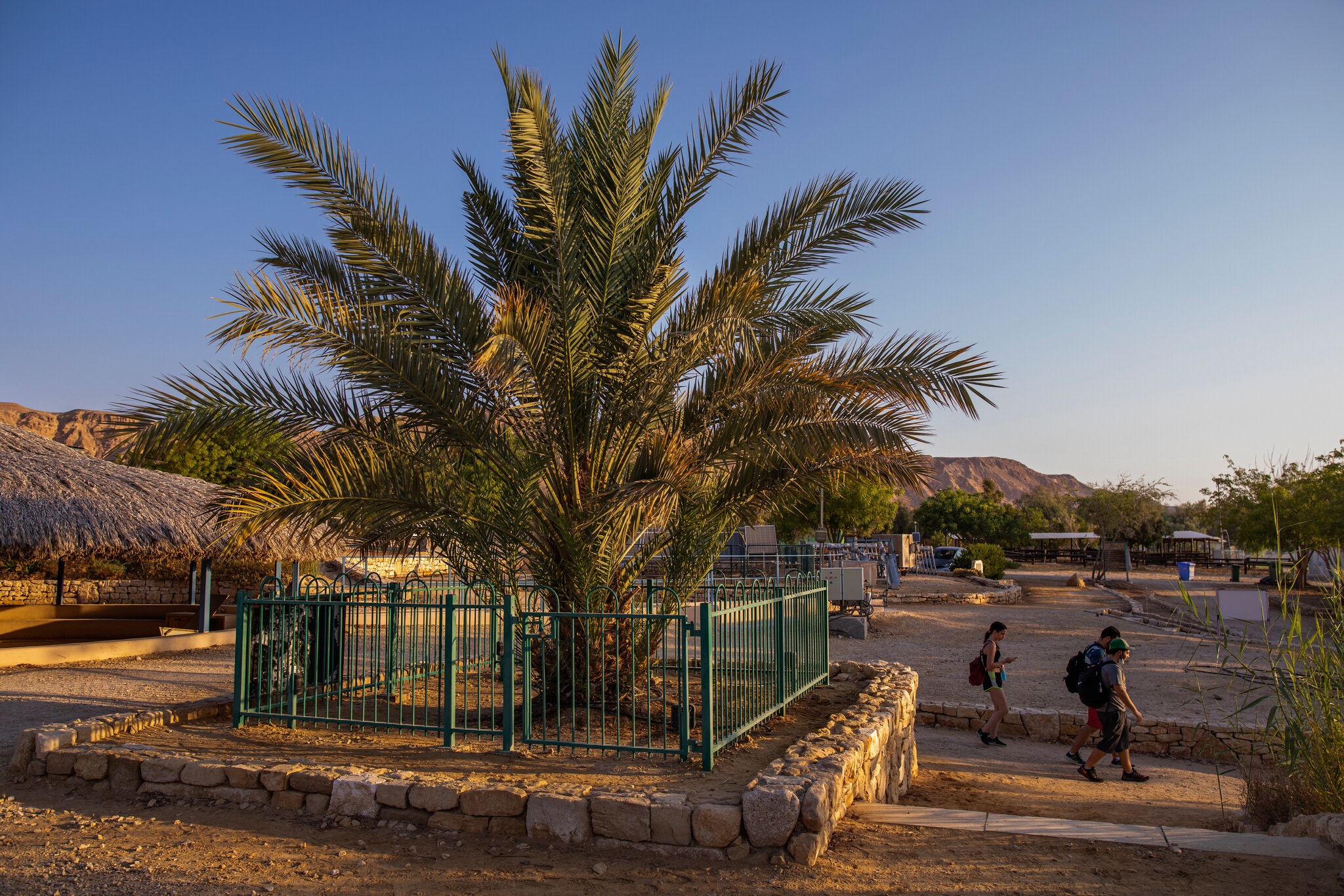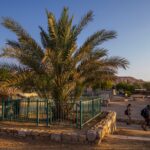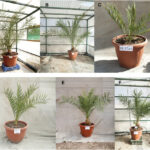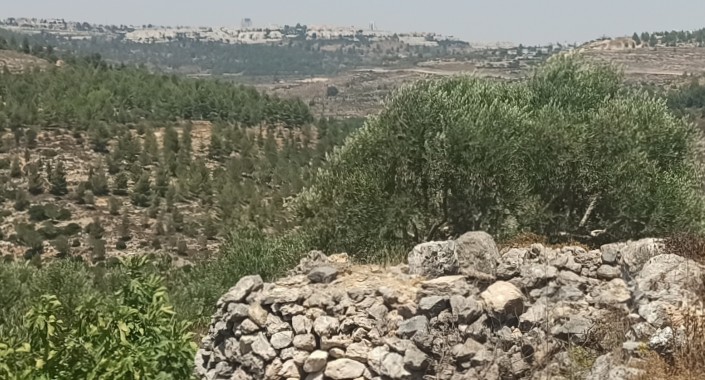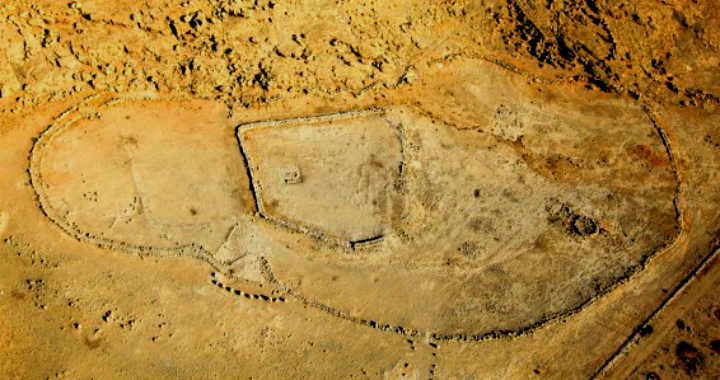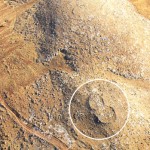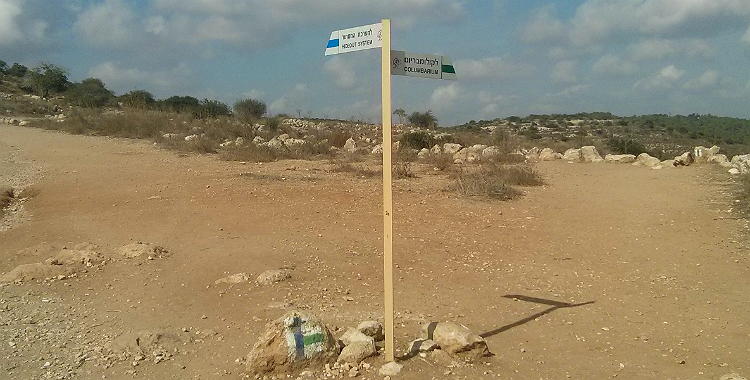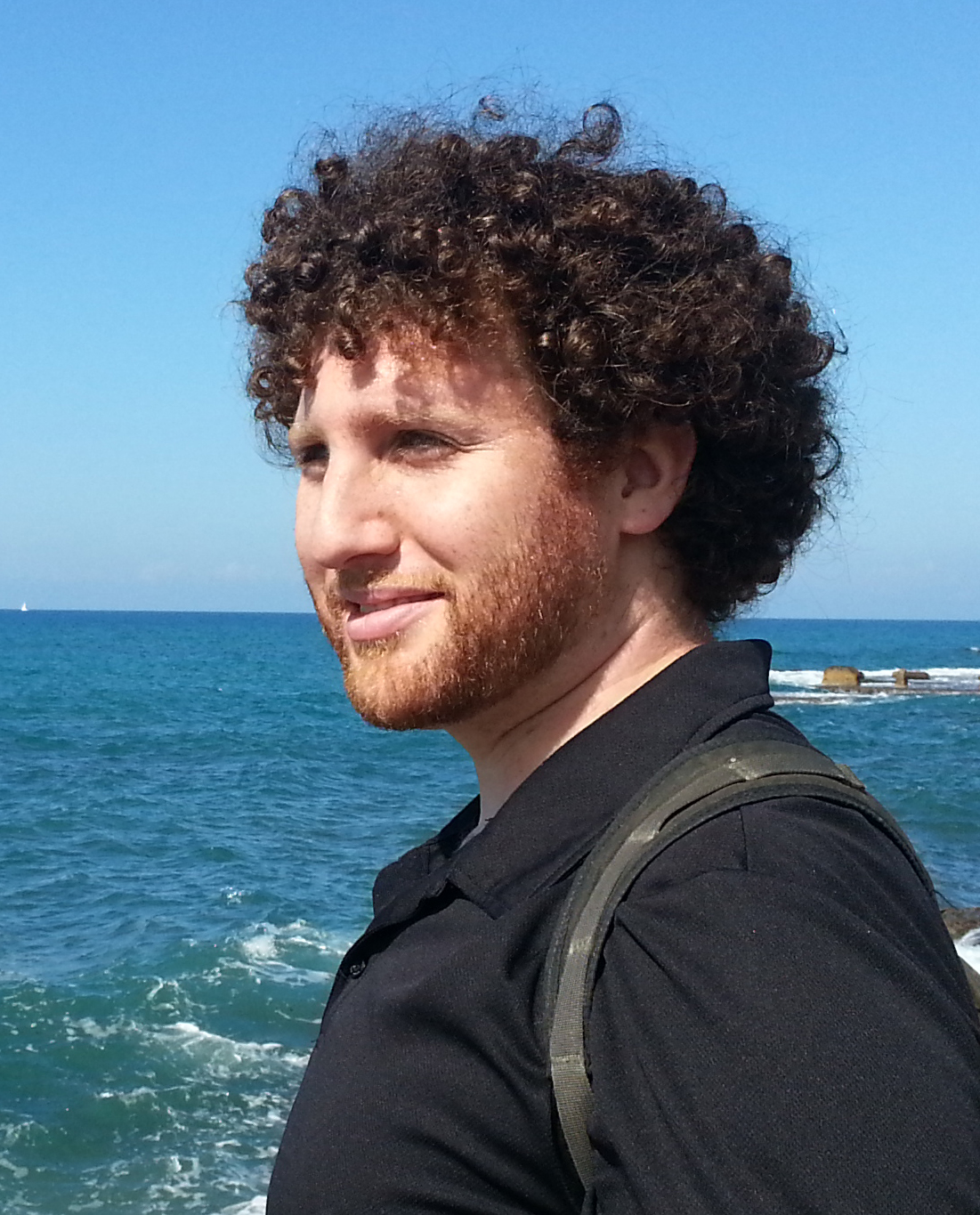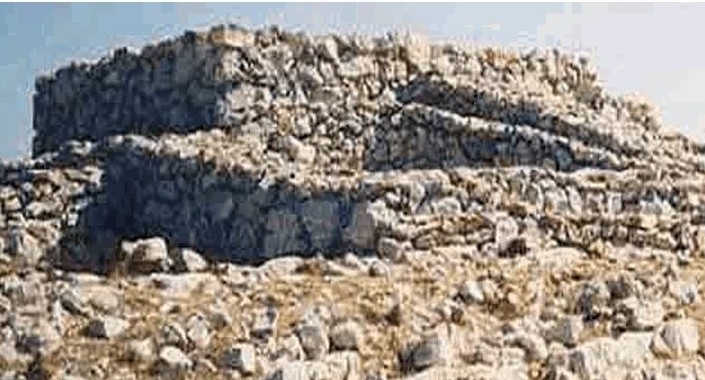
Destruction of the Altar of Joshua
Posted by CamelYoni_123 | Archaeology, current events, History | No CommentsDestruction of important bib
The mountain ranges of Judea and Samaria were the cradle of Jewish civilization.
Most of the stories we know from the Bible took place in those mountains, and a number of Biblical archaeological sites stand on those hills.
A large portion of the area is controlled by the Palestinian Authority (PA).
Over the last several years a number roads have been paved, towns built and groves of trees planted over important Jewish Historical sites, effectively destroying them.
Most recently this construction was carried out at a biblical site dating back 3200 years.
On an hill top beside the city of Nablus/ Shchem, there is a small, unimposing archaeological site of huge importance – the altar of Joshua on Mt. Eival.
In parshat ‘Ki Tavo’ God commands the Children of Israel that once they enter the land of Israel they will carry out a ceremony called the blessing and the curse, which is a reaffirmation of the pact between the Jewish people and their God.
In the Book of Joshua (8:30) we are told that Joshua does in fact carry out the ceremony as commanded:
“ Then Joshua built an altar unto the Lord God of Israel in Mount Eival”
The site was discovered and identified by archaeologist Adam Zartal in 1980.
The Alter of Joshua is in area B of the West Bank, meaning Israeli security control and Palestinian civil control. Unfortunately the Palestinian Authority decided to make a road through this ancient archaeological site. To make gravel for the road, the workers actually crushed rocks from this 3500 year old biblical site.
Even though the PA has promised to protect sites such as this one, they have the authority to carry out such construction without regard for conservation.
As a guide who feels a strong connection to the land and the various sites that hold a place in our past, I can’t even describe the horror and loss that I feel from the site being damaged with such disregard.
I hope that the Israeli Government will be able to come to an agreement soon with the PA that will bring an end to these construction projects, and will ensure historical sites are protected.
All that we can do now is to spread the word, learn about these historic places and make sure that they are not forgotten.
lical archaeology sites

